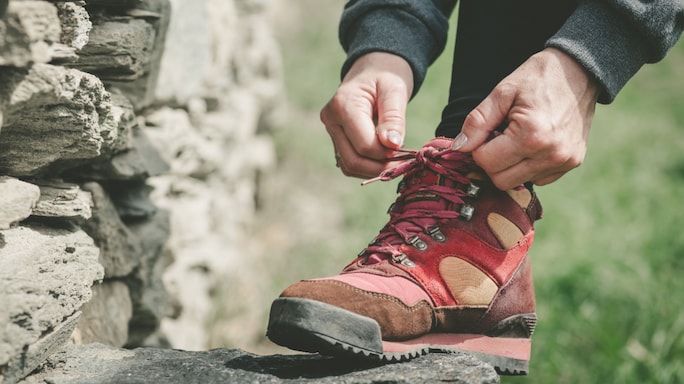- HOME
- /
- Better Living
- /
How To Choose The Right Hiking Shoes
Your hiking gear is incomplete without shoes. They can make or break your walk in the wilderness
 Photo: Shutterstock
Photo: Shutterstock
Whether you plan to go hiking in a forested area near your city or in the foothills of the Himalayas, trekking shoes or boots can make a huge difference to your overall experience. A good pair of hiking shoes will not only protect your feet from bruises and cushion your soles, they will also provide you stability and traction on different types of surfaces, whether they are steep, muddy, wet, or slippery.
Much like the British proverb ‘horses for courses’, your choice too must depend on where you will trek and for how long. But some ground rules remain the same. You need to go for shoes that are durable and provide stability so that you are not left with one broken shoe in your hand in the middle of the jungle. Besides being comfortable while walking, they should be light and flexible enough to negotiate the terrain you come across.
The basics
1. When you first try out a pair of hiking shoes, check if your feet feel comfortable in them. You should be able to wiggle your toes but they should not touch the front of your shoes.
2. When you are walking around the store, see to it that your heel doesn’t lift inside the new pair of shoes.
3. Always try out shoes towards evening when your feet tend to swell after a long day. During hiking too, you feet would swell due to the heat.
Horses for courses
Hiking shoes: Terrain should be the overriding factor when you choose a pair of shoes. If it happens to be a short trail in a forested area without steep climbs or plunging hills, a pair of hiking shoes which has a snug fit, is light, and has flexible soles should do.
Hiking boots: If it’s a tough terrain and you will hiking for a relatively longer period of time with a light backpack, you might consider hiking boots which are a bit heavy. These boots with strong, but flexible soles can tolerate rough surfaces and protect your feet.
Trekking boots: These are for long treks when you are carrying heavy backpacks. These all-weather boots can withstand all kinds of surfaces. They are well above your ankles and heavier than hiking boots. Your feet may need a bit of acclimatization in these shoes. So, wear them regularly for at least a fortnight before you go on the trek.






